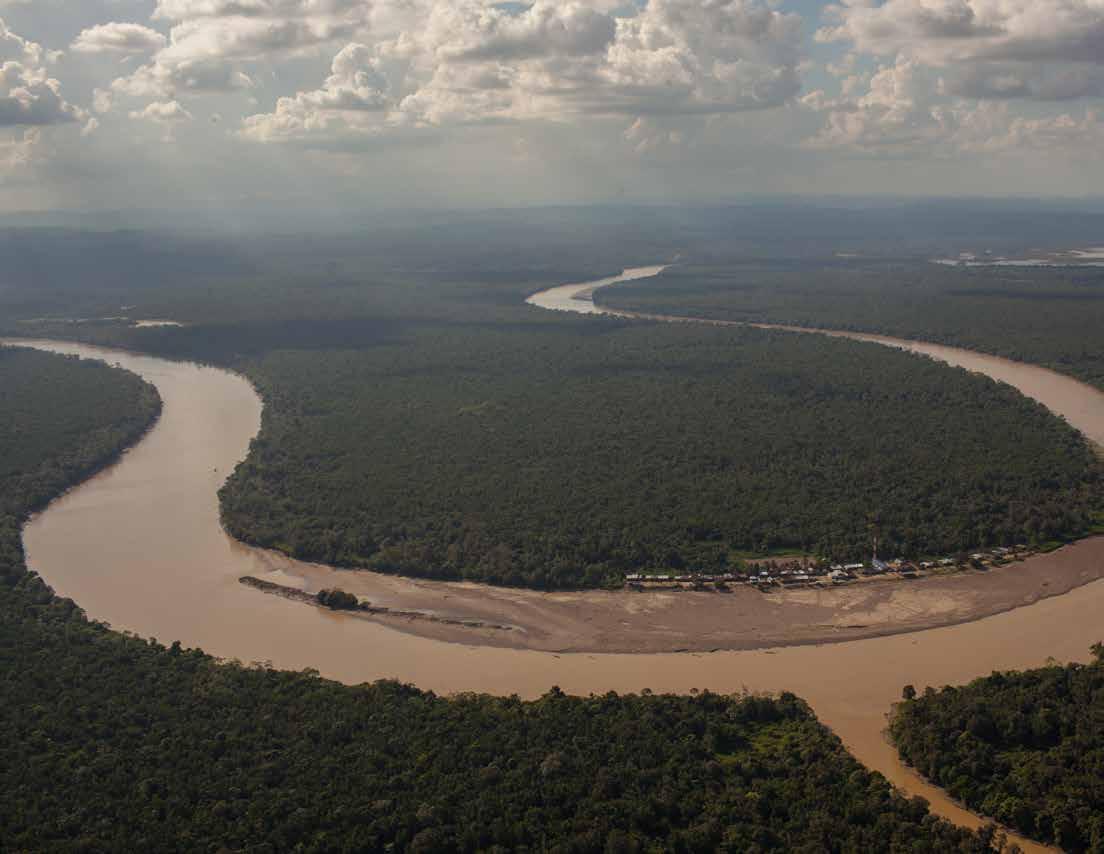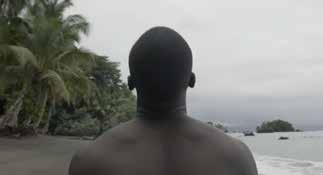
4 minute read
Making the margins the center
When one is counting years, a decade will always be short. However, Visible Hands has already left a crucial imprint on today’s generations in the Pacific and other excluded regions in its first ten years. Its most significant mark lies in the fact that many people on the margins understood that the leaders should not be outsiders, but it should be them. In this process, they also understood that a leadership role assumed from the disposition, the decision, and with the intention of building does not consist only in having power; on the contrary, it must be assumed from an ethical and moral authority, as well as with an effective strategy aimed at the well-being of the communities. In the past ten years, something else was evident: that the possibilities of retrieving power are feasible, but that it is also necessary to prepare and to assume a transition from resistance to reach transcendence.
This substantial model shift has marked a decade in which effective inclusion exercises were developed that led to transitional leadership. This means that the opportunity was opened to learn, to conquer, and to occupy spaces of power, but it is still incomplete to evaluate what these leaders did with the power they achieved: if they were truly valued by their communities, if they exercised their power and leadership ethically, amazing results will have been reached within these communities. Many cases show us that learning is valid if we look towards the medium and long term, but that also prompts us to think about the possibility of new futures, even more specific, in the transformations that we expect.
Times have changed substantially and will continue to change. Visible Hands turns ten years old at a time of transition for the world, in which unquestionable realities have begun to crumble due to the impact of a global virus. The COVID19 pandemic has clearly shown the existing inequalities that did not seem to matter to anyone and has highlighted vulnerabilities to the point of forcing us all to propose new development models so as not to impoverish and widen the gaps, which were already wide.
In these moments of transition to a new model, all forms of innovation and new leadership will have an opportunity to create new structures. In this space, and by reflecting upon the words of American Nobel Prize winner Toni Morrison, “the future will be defined by those who have been pushed to the margins, those who have been put aside as if they were irrelevant excesses, souls that even today are conceived as unfortunate and marginal. ” History has seen times like this so far, but the changes are irreversible, and they will happen.
We are still far from the margins being the center or the structural problems being solved. Leadership is still learning to exercise power. History has proven it countless times: no ancient structure has remained unscathed and no empire has dominated endlessly, but the voices that are raised and are heard, sooner or later, change history. And our time is coming.
In this global existential crisis, where environmental and cultural sustainability are at the forefront of the agenda, issues such as racial and gender inequality, as well as the risk of extinction of an important part of the civil society are already at a breaking point. Future scenarios seem to be presented in two ways: you can go to a moment of greater relevance or to one of greater exclusion.
Faced with these two paths, Visible Hand’s commitment to leadership and transformation of marginal communities becomes more critical.
Right at this moment of uncertainty, the questions become more important: “Power? For what? Where is the power coming from? Whose power?” Having the vision to anticipate and create new notions of power and a more effective leadership is our task, as well as being able to channel discontent, exclusion, and frustration towards a power and leadership with vision and for the reconstruction of so many old problems that do not we have been able to solve.


Visible Hands worked during its first decade in generating leadership, transforming lives, and modifying the exclusive dynamics of power. From now on it will work to grow in voice, agency and representation, always thinking about the future of the country, not only for the regions, but from and with those other Pacific countries of the national geography that will modify the models that are collapsing to erect new ones. It will do so from its resilience, with its own vision and with its connection, advocacy and execution capacities. The challenge is great, but our commitment even more. The future will be defined by those who have been pressured into the margins, those that have been pushed aside as if they were irrelevant, souls that even today they are convienced they are marginalized.”









